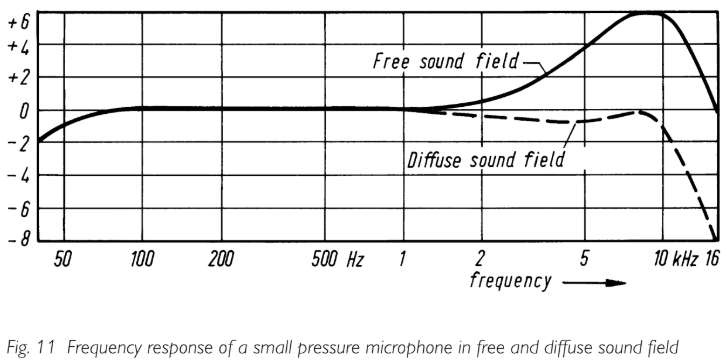GLM does phase correction between speakers and genelec subs too. That is covered. That been said, no subwoofer, speaker can have min phase behavior.This is different from what Dirac does.
Filters in Dirac correct phase for the speakers+ room while Genelec monitors (and Hedd monitors as well) just use linear phase filters to improve the speaker performance (without any room measurement).
If you place them in any room they’re not minimum phase anymore.
New Dirac ART is hard to beat if it really works as well as advertised.
That’s why everyone should limit the correction range in Dirac or any correction software.
Talking about phase shifts, please check group delay audibility paper from Genelec. Human hearing is most sensitive to phase shifts around 3000hz. The sensitivity of our hearing to phase shifts around bass is actually very poor.

